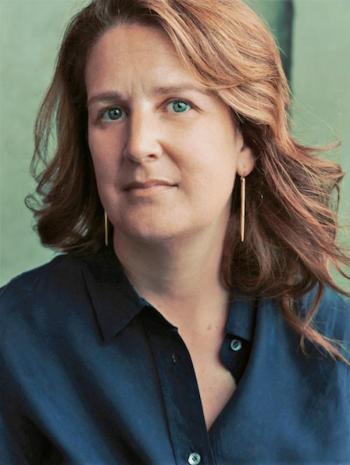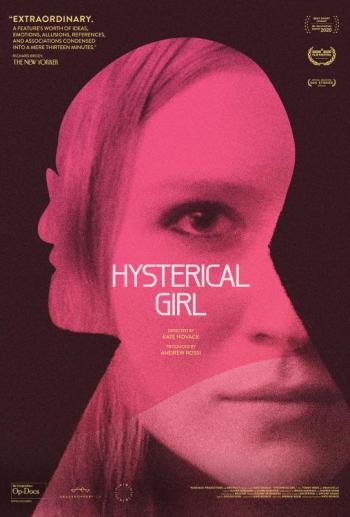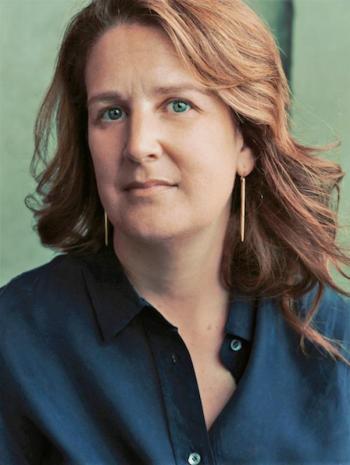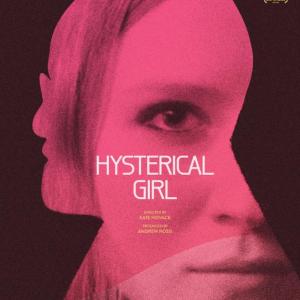Kate Novack’s ‘Hysterical Girl’ a finalist for Oscar nod
Kate Novack, an Emmy-nominated writer-director-producer of documentaries, wrote and directed “Hysterical Girl,” a short film nominated for Best Short by the International Documentary Association. The 13-minute film tells the story of the subject of one of Sigmund Freud’s five case studies published as “Dora: An Analysis of a Case of Hysteria,” published in 1905.
Novack’s work is among the 10 finalists for Oscar nomination. Nominations voting is from March 5 to 10. The announcement of those films running for the Oscar is March 15. The Academy Awards are slated for April 25.
The film re-imagines Dora, whose real name was Ida Bauer, in modern day to give her the opportunity to reclaim her story; in her words, not Freud’s. And make no mistake, Novack’s script is not a fabrication of what happened.
“Interviews had been done at the Library of Congress with Ida’s family in the 1950s,” said Novack. “A lot of her character in the film is based on what they said. A cousin painted a picture of Ida very different form Freud sounding similar to a girl of today.”
Novack and husband-producer Andrew Rossi partnered with the New York Times. “Hysterical Girl” is one of the Times’ Op-Docs, an award-winning series. Novack said the script was heavily fact-checked by The New York Times, something she was most appreciative of.
Novack, who first read Freud in college, had wanted to make a documentary on Freud for 10 years. Despite reading and re-reading, “I was never really sure of the right way in. Nothing really clicked until the (Brett) Kavanaugh trial. There were so many parallels between Dora and Christine Blasey Ford; the questions asked were similar to the ones Freud asked Dora; and the arguments were so similar to those made on behalf of the man who assaulted Dora.”
Sixteen-year-old Tommy Vines, a student at a public arts high school in New York, was one of 20 young women auditioning for the role of Dora. Novack said the entire team loved Tommy, and Novack interviewed her about how well she connected to the role.
In this powerful film, Novack uses excerpts from Freud’s actual treatment notes, clips of Anita Hill and Christine Blasey Ford giving testimony to the Senate, footage of 1900 Vienna and photos of Freud … and rapid montages.
These montages that Novack describes as “almost stream of consciousness,” interspersed between Dora being filmed telling her own story are clips from films and TV shows, which show women being used, sexually harassed, and intimidated by men. Two examples are Mia Farrow in “Rosemary’s Baby” and Tippi Hedren in “Marnie” … the images include clips of powerful men doubting women who came forward, Ann Coulter mocking Blasey Ford … women protesting … the montages are rapid – and effective.
Vines’ Dora is compelling and honest. One of the moments sure to have an effect on viewers is Dora is telling the interviewer about the first of two sexual advances made by Hans, a friend of her father’s who just happens to be the husband of his lover, Peppina. She is just 13. Hans invites her up to his studio to watch an annual parade with him and his wife – she will have an excellent view from there. When Dora arrives, the wife is not there and Hans begins closing curtains. Dora is fearful and confused, and then Hans begins kissing her. She stops him and wants to run but if felt like her shoes were “nailed to the floor.” Nailed to the floor … anyone who has ever been where Dora was may find themselves re-living their own experience.
The second assault happens when Dora is 17. This time, after Hans follows her from the lake to her room, Dora tells her father what transpired there. As Hans is about to speak, Novack inserts Clarence Thomas forcefully denying Hill’s charges against him. Dora’s father does not believe her … she is fabricating it all, someone living a fantasy … hysterical. Her father brings her to Freud to “make her see reason.”
“Some days are depressing,” Novack said. “These beliefs are so embedded in people. But, I don’t think I would have made the film if I didn’t think things weren’t changing and that we had the capacity for change. There’s more support for victims who come forward; some of the structures in place that have silenced women are starting to change. And BTW it’s not only women, men are victims of assault too, but I think it’s different systems and messages that silence men. This film is about the messages that silence women and the enduring narratives.”
When Novack heard her film was in the “Top 10” being considered for Oscar nomination, it felt amazing, and it brought awareness of the film to a larger audience, beyond the New York Times’ website.
Novack will be returning to Southport this summer, as she has for 30 years, to visit her mom, Mary Tanski, and stepdad who live in Newagen and who have been good friends of Ham and Helen Meserve for just as long. Harbor Theater goers may remember Novack’s screening of her film, “The Gospel According to Andre,” in 2018.
“We have a lot of ingrained ways of thinking, not only about women and consent, but about race,” said Novack. “We need to pull out the bricks from the bottom … and let the structure cave in.”
Novack was a producer and writer on “Page One: Inside the New York Times,” which premiered at Sundance in 2011 and went on to be nominated for two News & Documentary Emmy Awards and a Critics Choice Award. Before making films, Novack wrote for Time magazine.
Watch “Hysterical Girl” on the New York Times website or on YouTube.
Event Date
Address
United States






























